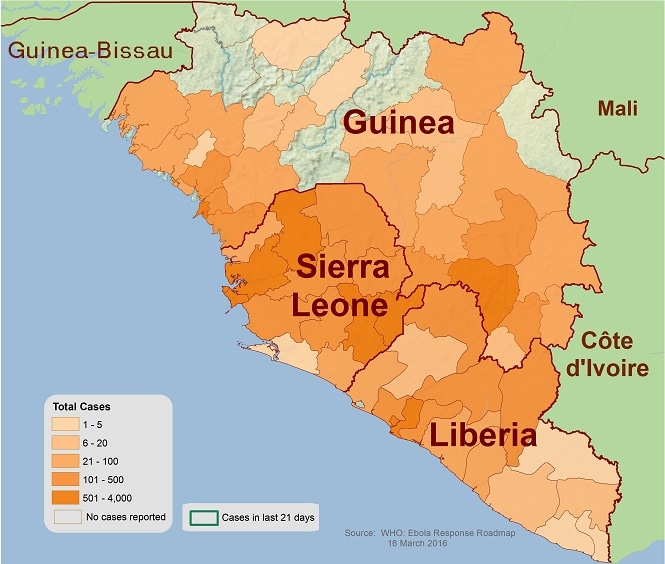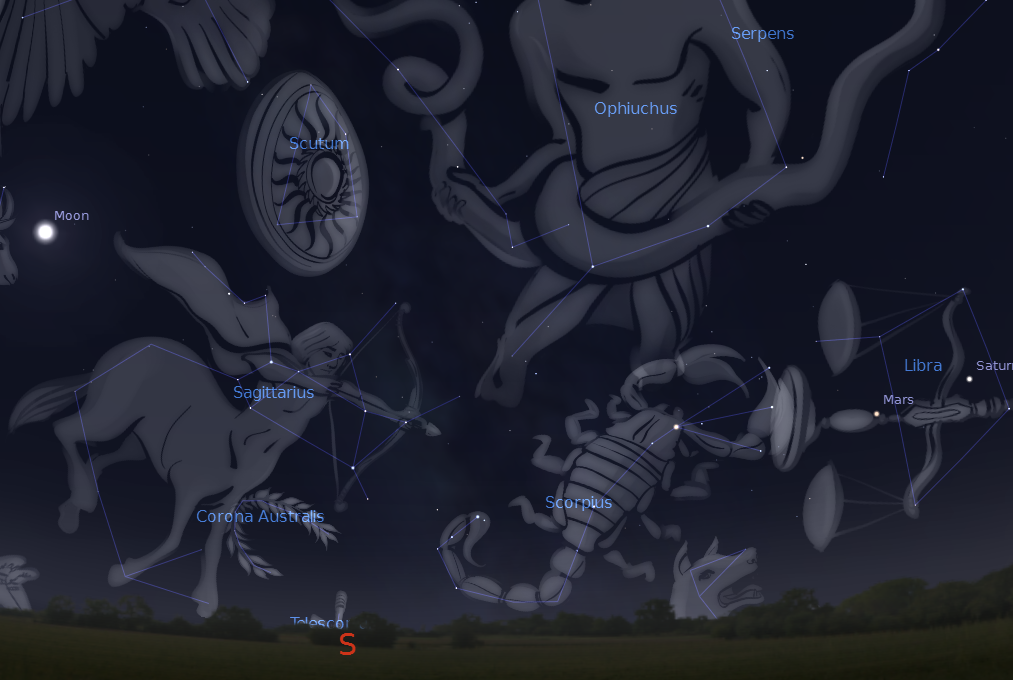This Week in AP Physics
On Monday we will complete our exploration of gravitational fields and forces as well as mass so that you can do the first homework from unit 3 for Tuesday. On Tuesday we will go over the homework and finish taking data from our projectile range lab. On the day after we finish going over the homework we will take a quiz and will begin our next experiment, Inertial Mass vs Gravitational Mass. We will finish the week by exploring Newton’s laws, which will take us through next week. Note: Unit 2 test corrections are due on Thursday, October 2 (unless you’ve been absent.) Either the short form or long form of the projectile range lab is due on Tuesday, October 7. (If you choose to do the short form of the projectile lab, you will have to do the long form for all three labs from unit 3. Otherwise you can choose to do a short form for one of the three unit 3 labs.)
This Week in Physics
On Monday we will finish assignment 5 from unit 1 so that we can take the unit 1 test on Tuesday. Remember that you can access the learning goals here and a review packet here. For Wednesday please take notes on the following podcasts: Podcast 1 – Vectors vs. Scalars, Podcast 2 – Vector Diagrams, Podcast 3 – Introduction to Vector Addition, Podcast 4 – Vector Addition Sample Problem. We will go over these together and will then do unit 2 assignment 1 together in class. It is possible we’ll be ready for a quiz by Friday, but no guarantees! 🙂
This Week in Astronomy
We will continue explore the daily and annual apparent motion of our brightest, most important star – the star we love to call our own – the sun! We will conduct many research-based activities throughout the week to form our understanding of these motions, all covered in unit 2 and the unit 2 podcast. Please also remember that you have one more week to complete your unit 1 outdoor lab, which is due at the start of class on Friday, October 3rd.
Interesting but Sad yet also Hopeful Science of the Week
With Thursday’s news that 1,000,000 Ebola cases are expected by January, I thought it might interest you to find out about epidemics and how the Centers for Disease Control approaches them. First, you can find out what epidemics are happening at any time worldwide by checking out the CDC’s page on recent outbreaks. Second, a great way to help deal with epidemics is to become what the CDC calls an Epidemic Detective and work for the Epidemic Intelligence Service. These scientists give hope when situations seem hopeless. That’s pretty cool.



